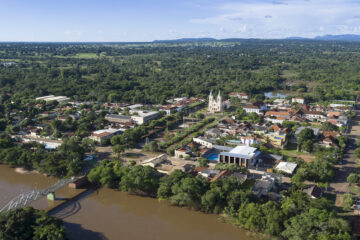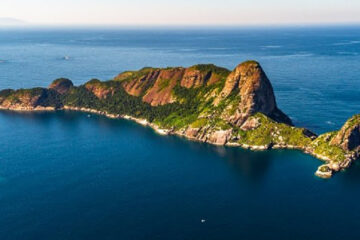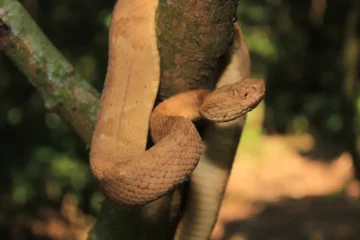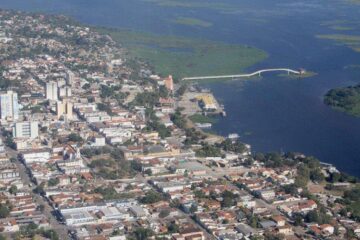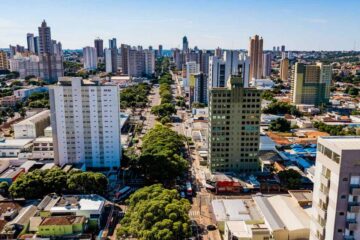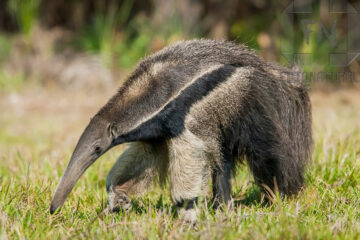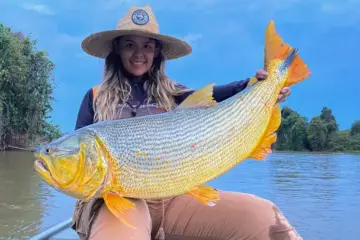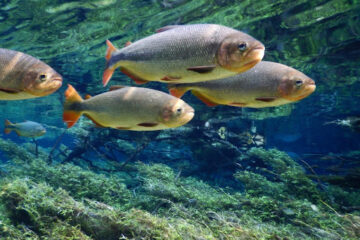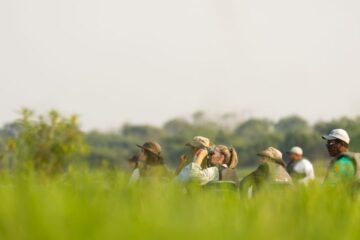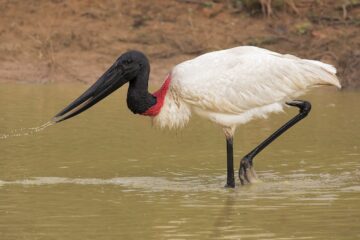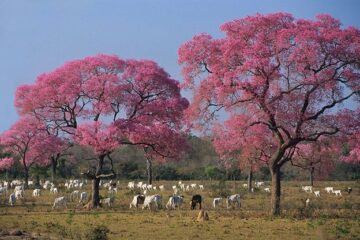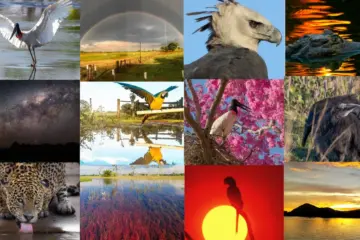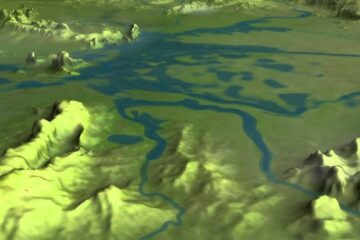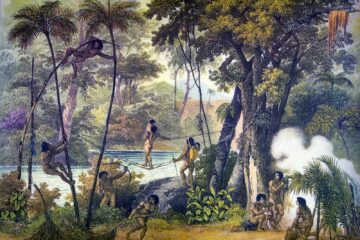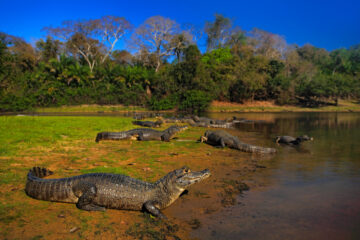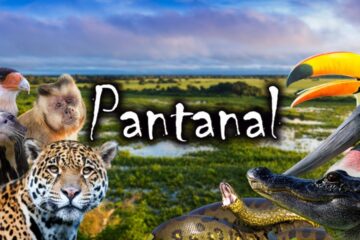The Canarias Island on the border of Maranhão with the Piauí in the environmental protection area in Maranhão. Canarias Island in the municipality of Araioses in Maranhão is the second largest island in the Parnaíba River Delta, second only to Ilha Grande in Piauí. Canarias Island is home to a […]
Delta do Parnaíba
Delta do Parnaíba is a nook between the coast of Piauí and Maranhão, the Parnaíba river meets the ocean and forms the only open sea delta in all of America.
Water mirrors, mangroves, dunes, lagoons, wild animals, rivers and beaches with paradisiacal landscapes. All this with the sun shining brightly all year round, this is the scenery that tourists will find in the Delta do Rio Parnaíba, an archipelago with 2,700 square kilometres of area, formed by more than 70 islands, located on the coast of Piauí.
The tour of the archipelago in the Parnaíba Delta begins at the port of Tatus, in the city of Ilha Grande, 9 kilometres from Parnaíba, the second largest city in the state and capital of the Delta, where every day at this time of year speedboats and boats take tourists to visit the ecological sanctuary of the region.
The tour along the coast of the Parnaíba Delta is an unforgettable itinerary of the Brazilian Northeast, an excellent option for wildlife lovers. “The tourist is enchanted by the nature we have, with the mangroves, dunes, fishing villages and the cuisine,” he said.
The smallest coastline in the country, formed by the cities of Luís Correia, Cajueiro da Praia, Ilha Grande and Parnaíba, is only 66 kilometres long, but holds a unique wealth at its end. “We have one of the most beautiful landscapes that the earth has, it is the only delta in the Americas in the open sea. In it we can appreciate animals, fish, turtles in addition to bathing in the river and the sea “.
One of the most popular destinations in the Parnaíba Delta, Ilha das Canárias, the second largest in the Parnaíba River Delta, second only to Ilha Grande, is home to a fishing village with more than 2,500 inhabitants.
The island is an environmental preservation area, part of the Delta marine extractive reserve and its population is distributed in four villages: Canárias, Passarinho, Torto and Caiçara. There are inns and restaurants and it is an ideal place for people interested in ecotourism.
The Parnaíba Delta forms the only open sea delta in all of America
The Parnaíba Delta is in a nook between the coast of Piauí and the Maranhão, the Parnaíba River meets the ocean and forms the only open sea delta in all of America. As it approaches the Atlantic, the Parnaíba opens into five arms and gives rise to a set of […]




